The advancements in Text-to-Speech (TTS) technology are not just transforming entertainment; they are also unlocking new possibilities in education and
Continue reading
Learning one new thing everyday


The advancements in Text-to-Speech (TTS) technology are not just transforming entertainment; they are also unlocking new possibilities in education and
Continue reading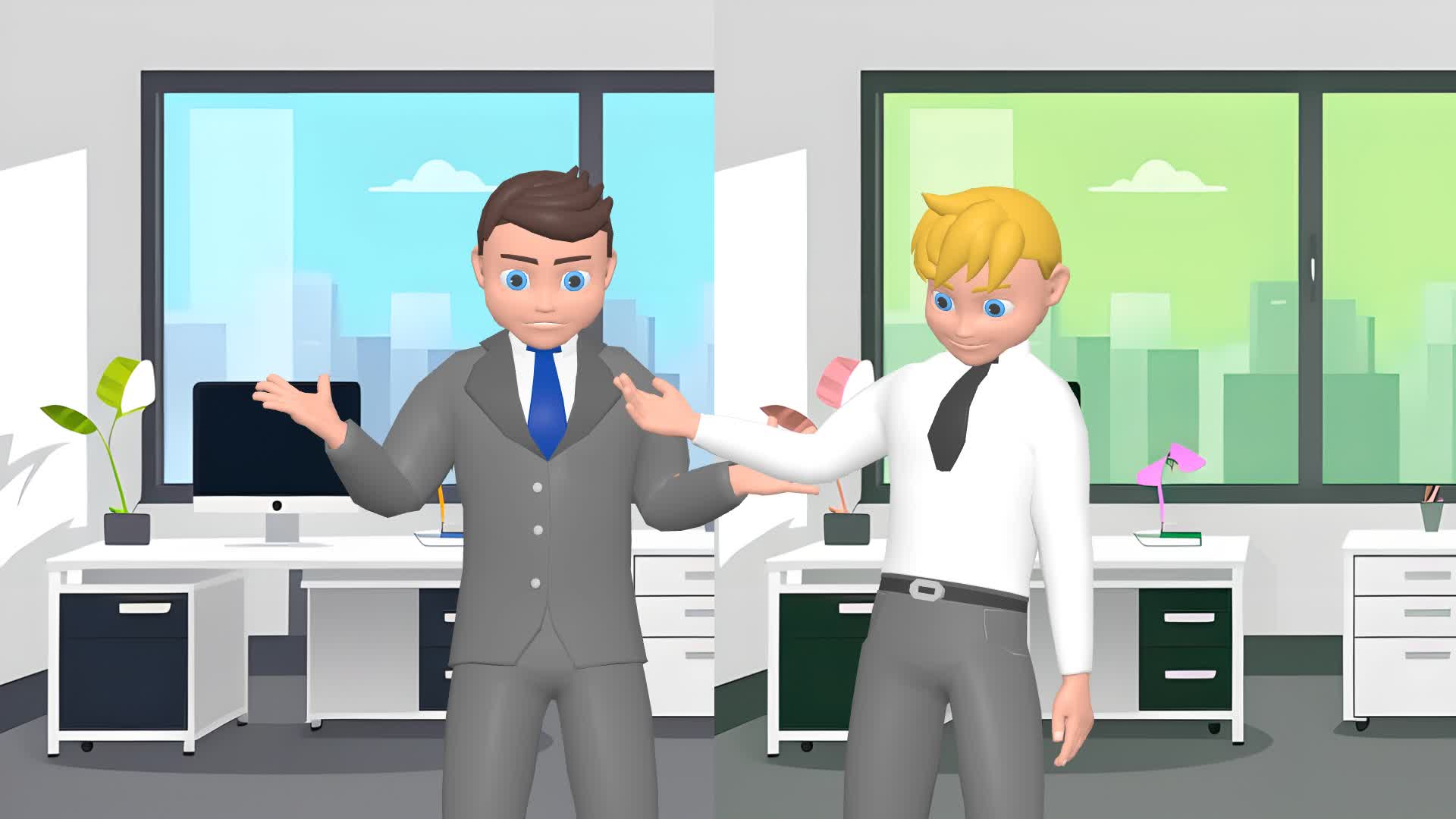
As an animation enthusiast, I’m excited to explore how advanced Text-to-Speech (TTS) tools can breathe life into animated characters. With the latest enhancements
Continue readingMind mapping is a powerful visual tool that helps organize information, brainstorm ideas, and enhance learning. Here’s a comprehensive guide
Continue reading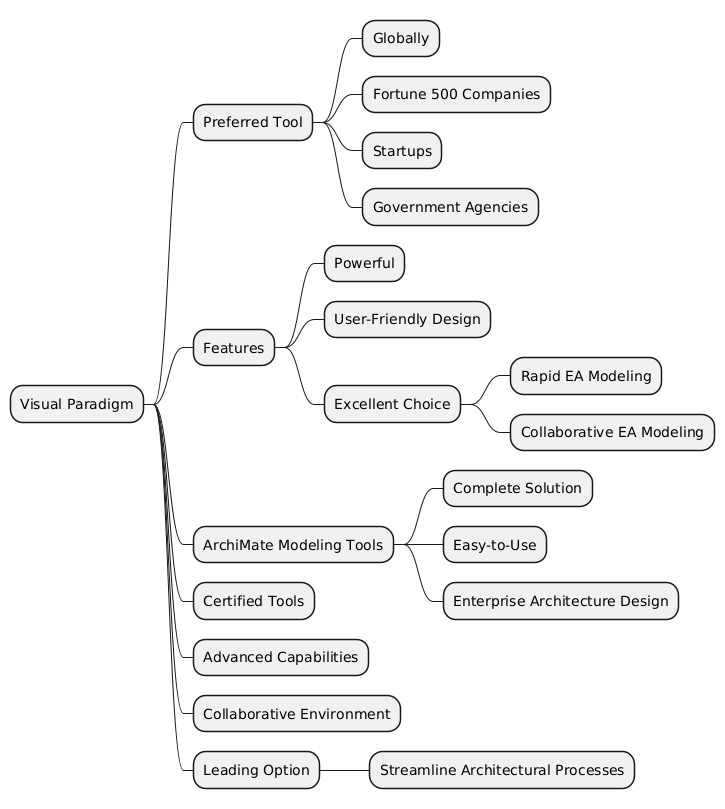
Introduction to Mind Mapping Mind mapping is a powerful visual thinking tool that helps you structure information, allowing you to
Continue reading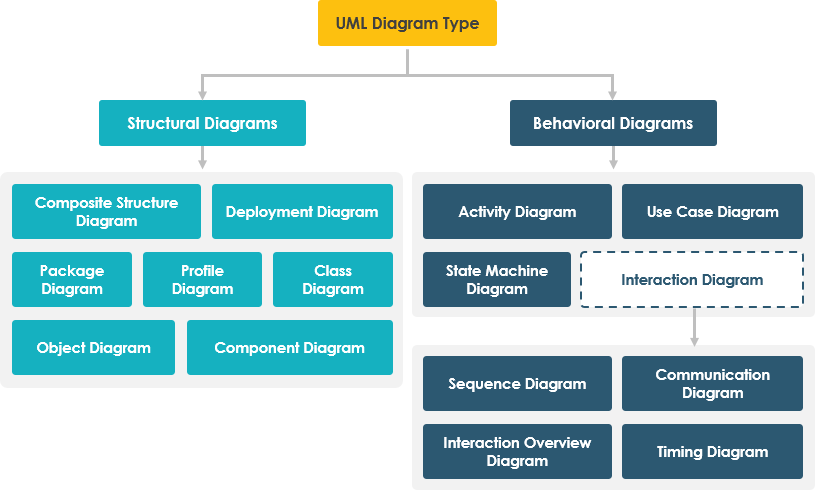
Purpose of UML Unified Modeling Language (UML) is a standard language for specifying, visualizing, constructing, and documenting the artifacts of
Continue reading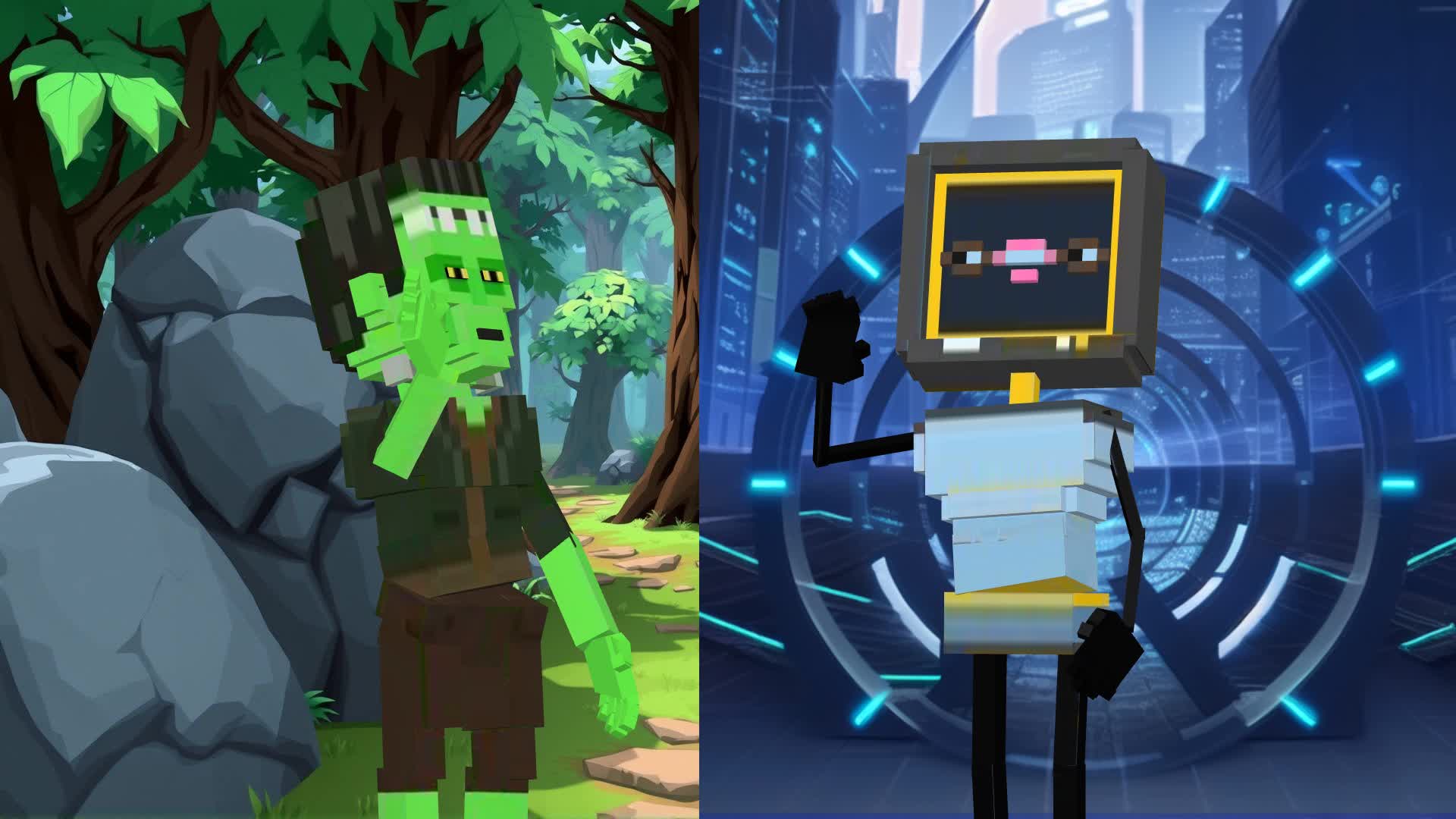
As an avid user of animation software, I am excited to share how the latest advancements in Text-to-Speech (TTS) technology have
Continue reading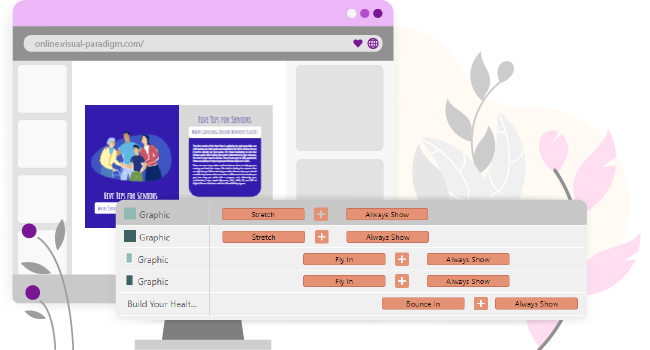
In the digital age, creating engaging and interactive content is more important than ever. Visual Paradigm Online (VPO) stands at
Continue reading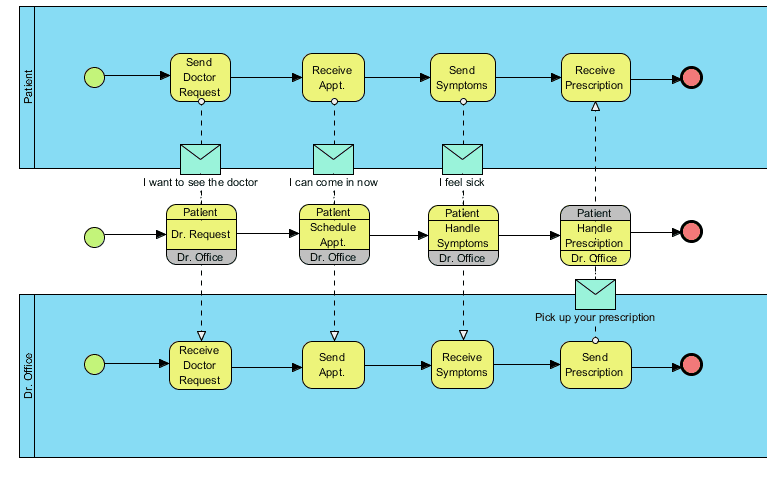
Introduction to BPMN Business Process Model and Notation (BPMN) is a graphical representation used for specifying business processes in a
Continue reading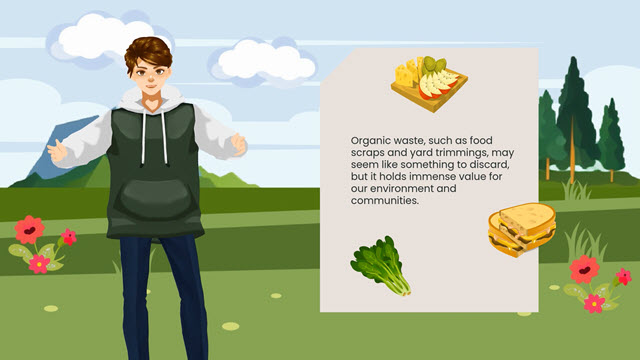
Visual Paradigm AniFuzion offers a vast library of animation templates, exceeding 50 videos in each category, empowering you to create
Continue reading
Visual Paradigm Online is an all-in-one platform that makes it easy to create high-quality animated videos, even if you’re not
Continue reading